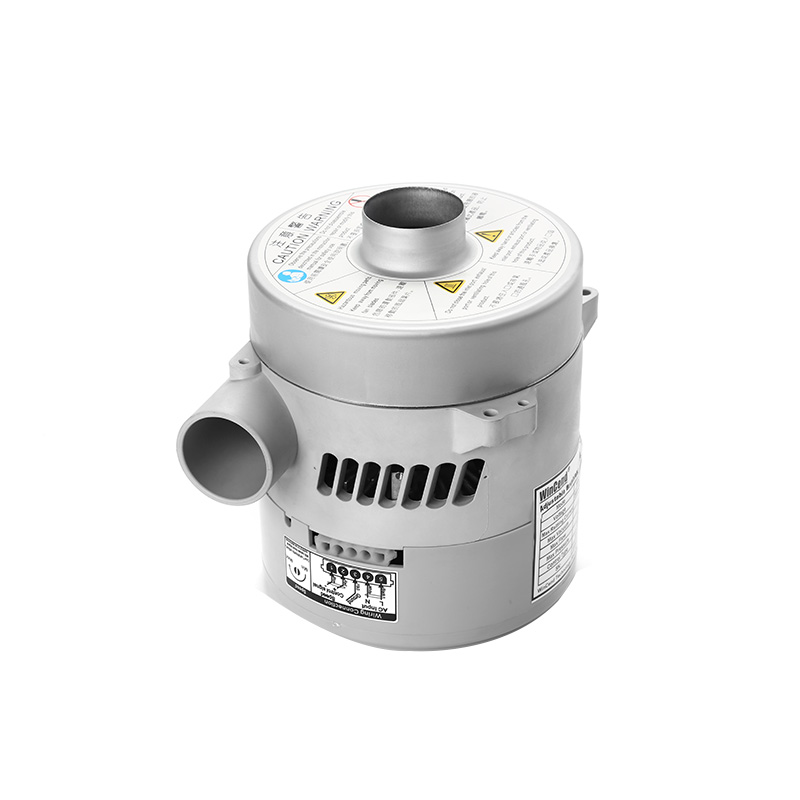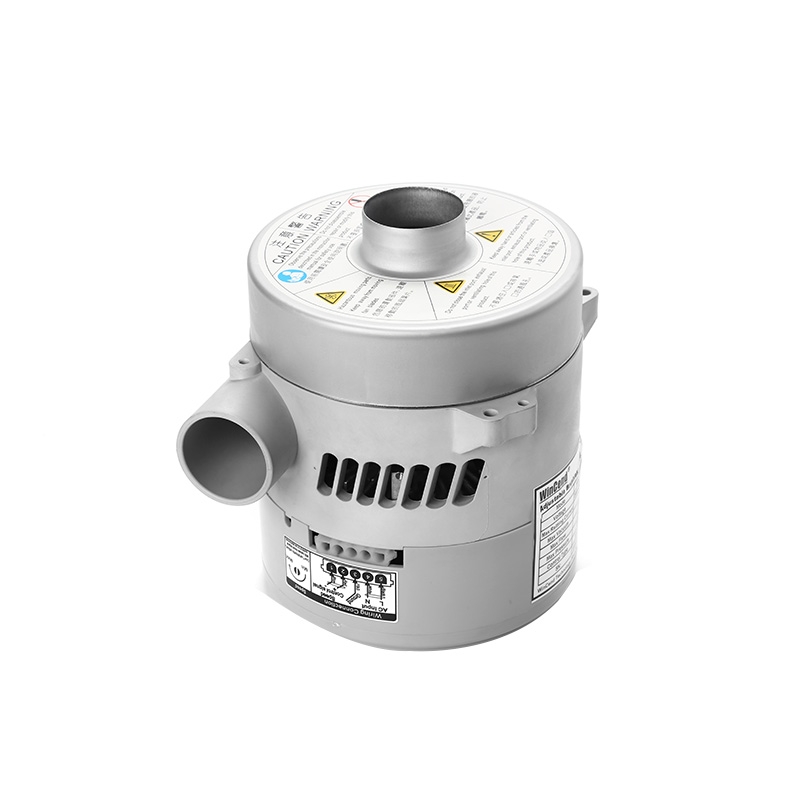In modern industrial and commercial applications, the need for reliable, low-noise adjustable pumps has never been greater. These pumps are crucial for maintaining efficient fluid transfer systems, ensuring minimal disruption and maximizing operational efficiency. Achieving precise control over such pumps involves understanding their mechanics, employing advanced technologies, and adhering to best practices.

Understanding Pump Mechanics
Basic Principles
Before diving into control strategies, it's essential to grasp the fundamental mechanics of adjustable pumps. These pumps typically feature impeller assemblies that can be adjusted to vary the flow rate and pressure output. The adjustment mechanism might involve changing the impeller speed, altering the impeller diameter, or adjusting the clearance between impeller and casing.
Noise Reduction Mechanisms
Low noise design often incorporates features such as dampening materials, acoustic shrouds, and precision-balanced components to minimize vibrations and mechanical noise. Understanding these mechanisms helps in recognizing potential points of failure or areas for improvement in control strategies.
Advanced Control Technologies
Variable Frequency Drives (VFDs)
One of the most effective ways to achieve precise control over adjustable pumps is through the use of Variable Frequency Drives (VFDs). VFDs allow for continuous adjustment of motor speed, enabling fine-tuning of pump output to match system demands exactly. This not only enhances efficiency but also significantly reduces noise levels by minimizing unnecessary mechanical stress and vibrations.
Sensor Integration
Integrating sensors such as flow meters, pressure transducers, and vibration sensors provides real-time data on pump performance. This data can be used by control systems to automatically adjust pump settings, maintaining desired operating parameters within tight tolerances. For instance, a pressure sensor can trigger a VFD to increase or decrease pump speed in response to changes in system pressure.
Smart Pump Controllers
Smart pump controllers leverage advanced algorithms and machine learning to predict and adapt to system changes. These controllers can optimize pump operation based on historical data, environmental conditions, and real-time feedback, ensuring consistent low noise performance and energy efficiency.
Best Practices for Control Implementation
Regular Maintenance
Regular inspection and maintenance of adjustable pumps are vital for sustained precision and noise reduction. This includes checking bearing wear, lubricating moving parts, and verifying alignment of impellers and shafts. Preventive maintenance schedules should be tailored to the specific pump type and operating conditions.
Calibration and Testing
Regular calibration of sensors and control systems ensures accurate data input and reliable control outputs. Pump performance testing under various conditions helps identify any deviations from expected behavior, guiding necessary adjustments or repairs.
Operator Training
Operators should be thoroughly trained on the proper use of control interfaces, including understanding alarm systems, emergency shutdown procedures, and basic troubleshooting steps. A well-informed operator can quickly identify and rectify issues before they escalate, maintaining system integrity and reducing downtime.
Case Study: Successful Implementation
Consider a wastewater treatment plant that integrated VFDs and smart controllers into its adjustable pump systems. Prior to the upgrade, the plant experienced significant noise pollution and inefficient energy use due to constant pump cycling and overcompensation. By implementing the new technologies, combined with a rigorous maintenance schedule and operator training program, the plant achieved:
-
Noise Reduction: An average decrease of 10 dB(A) across all pump stations.
-
Energy Savings: A 25% reduction in electricity consumption for pumping operations.
-
Operational Stability: Fewer unexpected shutdowns and reduced maintenance costs.
Conclusion
Achieving precise control of WinCend low noise adjustable pumps requires a multifaceted approach that combines an understanding of pump mechanics, the application of advanced technologies, and adherence to best practices. By integrating VFDs, sensors, and smart controllers, coupled with regular maintenance and operator training, organizations can significantly enhance pump performance, reduce noise levels, and improve overall system efficiency. The success stories, like the wastewater treatment plant example, demonstrate the tangible benefits of such comprehensive strategies. As technology advances, the potential for even greater precision and efficiency in pump control continues to grow, offering exciting prospects for future industrial and commercial applications.
https://www.wincendtech.com/how-to-achieve-precise-control-of-low-noise-adjustable-pump.html


